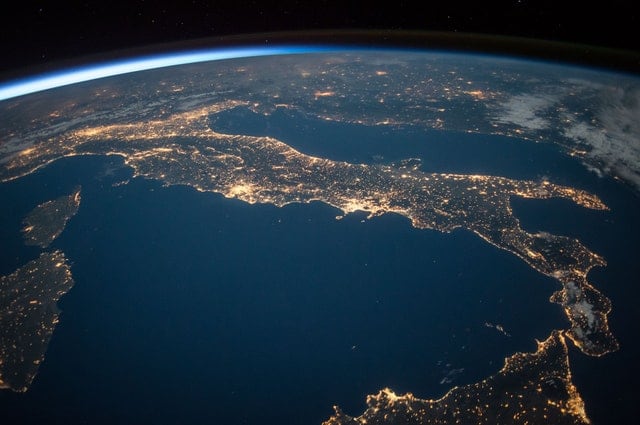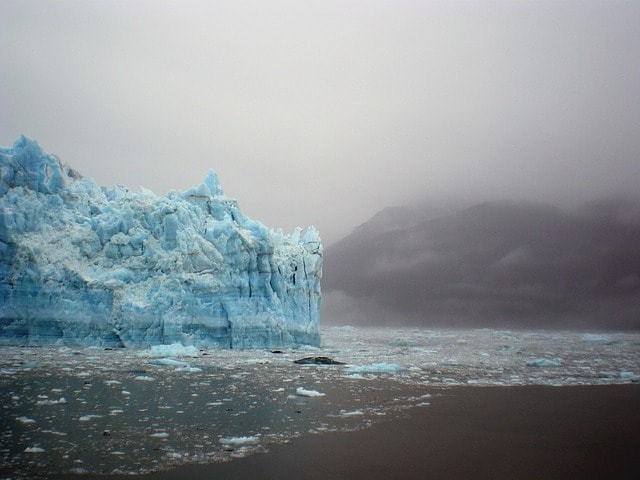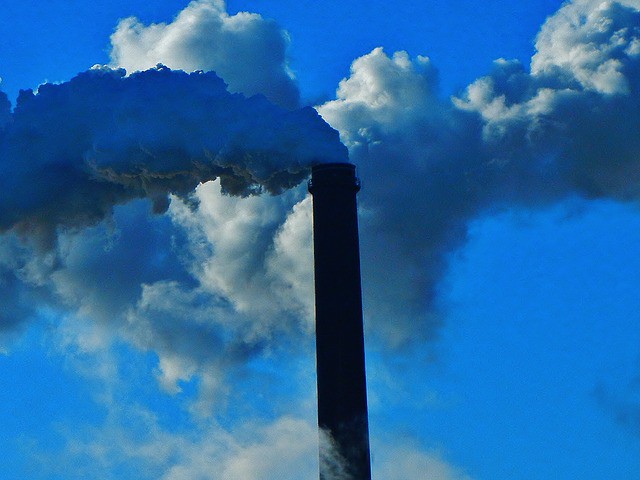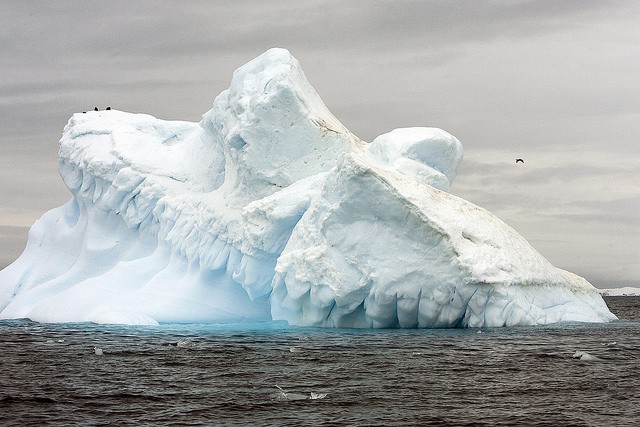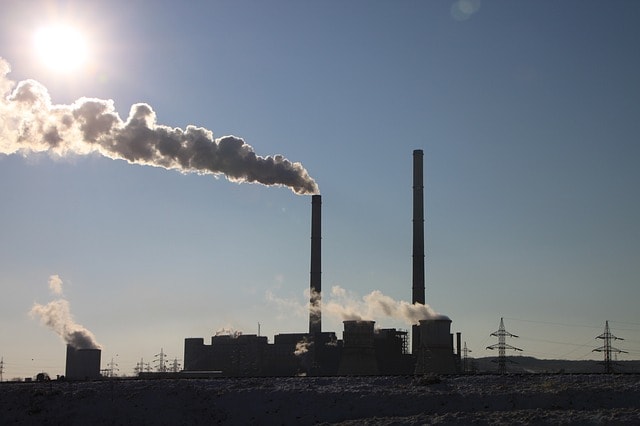30+ Exhilarating Facts About the Solar System

Since childhood, we have been studying the solar system and making models of it. But there is still a lot of interesting facts about the solar system that we have never known. With new technologies springing up every minute we turn out heads, we get to study the solar system with more accuracy, clarity, and authenticity.
Due to these cutting edge technologies, humans have been able to find possibilities of water and life out there, where we thought life could never exist. As technologies keep expanding, we are primed to learn even more about our solar system. Below are 30+ exhilarating facts about the solar system that will make you want to know more about this amazing outer world:
Fact 1. Earth is the third planet from the sun. It’s also the largest of the terrestrial planets. Surprisingly, although Earth is the 5th largest planet in the solar system regarding size and mass, it’s the densest (5,513 kg/m3.) of all the planets.
Fact 2. Jupiter is the largest planet in the solar system, by far. Jupiter overtakes other planets regarding mass and volume. Its mass is more than 300 times that of earth. Jupiter’s diameter stands at 140,000 kilometers. This represents 11 times the earth’s diameter.
Fact 3. Mercury is the smallest planet in the solar system in regard to mass and volume. At 4,879 km across and 3.3010 x 1023 kg, it’s 20 times less massive than Earth.
Fact 4. Earth is the only planet where water can occur in its 3 states; solid, liquid and vapor.
Fact 5. The solar system takes approximately 240 million years to complete one orbit of the galaxy.
Fact 6. Mars has experienced the biggest volcano (Olympus Mons) known to man. It’s the biggest volcano to ever occur in the solar system, at 374 miles (602 km) across, to be exact. In fact, scientists have compared the volcano to the size of Arizona.
Fact 7. Mercury is located close to the sun, but its lack of an atmosphere makes it one of the hottest planets.
Fact 8. Jupiter contains the largest ocean than any planet in the solar system. Because its gassy atmosphere is mainly composed of hydrogen and helium, underneath the upper layers of clouds, pressure has to increase to a point where the gasses turn into liquid. It’s thought that the ocean occurring in Jupiter would be more than 40, 000 kilometers deep.
Fact 9. Despite the plethora of objects spinning in the solar system, the sun accounts for 99.8% of its sheer mass. The remaining is contained within the solar system’s eight planets.
Fact 10. Neptune experiences the strongest winds than any planet in the solar system. Scientists estimate that it has wind speeds of up to 2,100 kilometers per hour (1,304 mph).
Fact 11. Uranus has the coldest atmosphere than any planet in the solar system, recording a minimum temperature of -371.56 degrees Fahrenheit (-224 degrees Celsius).
Fact 12. Spacecraft has explored almost every planet, including dwarf planets like Pluto and Ceres. Humans have been exploring space for over 60 years and have been able to obtain close-up pictures of a myriad of celestial objects. The majority of the spacecraft came from NASA twin voyage spacecraft. The spacecraft left Earth in 1977 and today, they are still transmitting data from the solar system and beyond in interstellar space.
Fact 13. Mercury is still shrinking. Over the years, scientists thought that Planet Earth was the only tectonically active in the entire solar system. That thought has since changed after the Space Environment, Mercury Surface, Ranging (MESSENGER) Spacecraft, and Geochemistry undertook the first orbit mission at Mercury. They mapped the whole planet in HD and looked, comprehensively, at its surface features.
Vital data from MESSENGER back in 2016 showed cliff-like landforms called fault scarps. Since the fault scarps are very small, scientists hold the view that they weren’t created long ago. That led them to the conclusion that the planet is still shrinking since the solar system was formed 4.5 billion years ago.
Fact 14. Mars has the tallest mountain in the solar system, with an approximate height of 22 kilometers (mi).
Fact 15. The largest dust storms in the solar system are found on Mars. They can last months and are able to cover the whole planet.
Fact 16. The 4 small inner planets, sometimes referred to as terrestrial planets (Mercury, Venus, Earth, Mars), are chiefly made up of rock and metal.
Fact 17. The 4 outer planets, sometimes referred to as gas giants and consists of Jupiter, Saturn, Uranus, and Neptune, are significantly larger, and a lot more massive than inner planets.
Fact 18. A wide variety of objects occur in the solar system, including 1 star (the sun), 8 planets (Mercury, Venus, Earth, Mars, Jupiter, Saturn, Uranus and Neptune), 5dwarf planets (Pluto, Ceres, Haumea, Makemake, and Eris), 181 moons, 566,000 asteroids and 3,100 comets.
Fact 19. Mars experiences seasons just like Earth. However, the seasons last twice as long, since mass is tilted on its axis by approximately 25.19 degrees. This is much similar to the earth’s axial tilt of 22.5 degrees.
Fact 20. The tides experienced on earth are caused by the gravity between the Earth and the moon.
Fact 21. The earth’s atmosphere is made up of nitrogen (78%), oxygen (21%) and trace quantities of other gasses, including carbon dioxide and argon.
Fact 22. The earth consists of an ozone layer that shields it from the dangerous solar radiation.
Fact 23. Sunlight takes approximately eight minutes to reach the surface of the earth. The earth is situated about 93 million miles (150 million kilometers) from the sun. This distance is commonly known by astronomers as astronomical units (AU). Sunlight typically travels at the speed of light (186, 282miles per second) and it can cross this vast distance in about 8 minutes and 12 seconds.
Fact 24. Pluto consists of many mountains. Pluto is a small world at the extreme end of the solar system. In fact, in the beginning, it was thought to have a fairly uniform environment. However, when NASA’s New Horizon Spacecraft flew there, there were astounding discoveries such as icy mountains, which were more than 11,000 feet high. This revelation led scientists to speculate that this dwarf planet must have been active 100 million years ago.
Fact 25. The highest mountain found on planet Earth is Mount Everest, with a height of 8.8 kilometers.
Fact 26. Neptune is nicknamed the Roman god of the sea. In Greek, Neptune is known as Poseidon.
Fact 27. Neptune owes its discovery to Jean Joseph Le Verrier. Ancient civilizations never knew this planet since it isn’t visible to the naked eye. After its discovery, Neptune was named Le Verrier. However, the name was fast abandoned and the name Neptune took up its place.
Fact 28. Neptune’s surface temperature stands at -214 degrees Celsius (-353 degrees Fahrenheit)
Fact 29. The Milky Way is approximated to be 100,000 light-years in diameter, and is composed of 400 billion stars, which include the sun. Despite the huge number of stars, the distance between Earth, including its nearest star system, the Alpha Centauri, is mighty.
Fact 30. Neptune radiates more heat than it receives from the sun. Neptune occurs far from Planet Earth and the sun, but the blue planet radiates far more heat than it receives.
Fact 31. Organics are prevalent within the solar system. Organics are, basically, molecules that exist both in life processes and nonlife processes. Although they are commonplace on earth, they are also scattered throughout the solar system.
Fact 32. The sun is so big that more than one million Earths could fit in it. If you were to fill the hollow sun with earth, practically, 960, 000 could comfortably fit inside. Nonetheless, if you squashed those earths and ensured there were no spaces available, you could fit over 1, 300, 000 earths inside the hollow sun.
Fact 33. The temperature in the sun’s core is estimated to be 15 million degrees Celsius. The sun’s core generates energy through nuclear fusion, and this is when hydrogen is converted into helium. And since objects are prone to expanding when subjected to heat, the sun would explode were it not for its incredible gravitational pull.
Fact 34. Scientists project that the sun would finally be the size of earth. After the sun completes its red giant phase, it is expected to collapse. Its mighty mass is expected remain. However, it will assume a volume similar to that of Earth.

